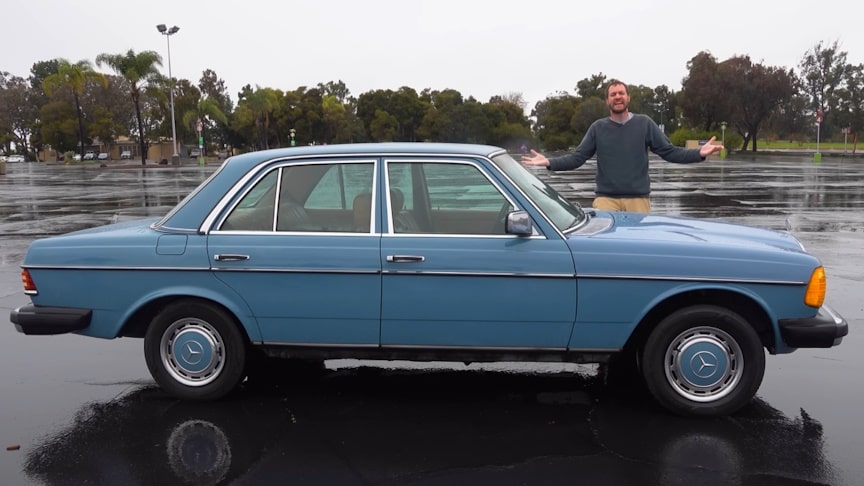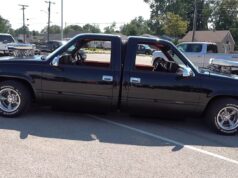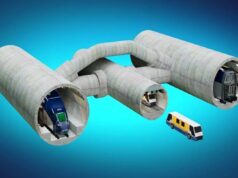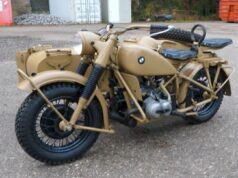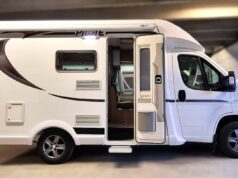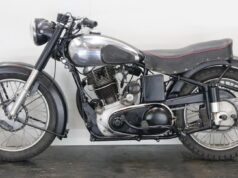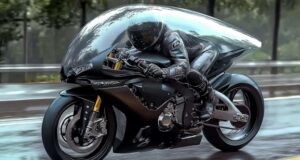This is a 1982 Mercedes-Benz 300D Turbodiesel and it’s an icon that cuts across all demographics. The W123 is famous for its durability, reliability, and mechanical simplicity. Today, I’m reviewing it and I’ll show you the many quirks and features. I’ll also get behind the wheel and review the driving experience.
source.image: Doug DeMuro
The W123 shares technical similarities with its predecessors including engines, steering system, and suspension system. The design is updated with styling cues from its larger sibling, Mercedes-Benz W116, namely wider ribbed taillights, horizontal headlamps, front turn signal indicators on the outer edge, and pull-to-open door handles.
The interior is revised with a larger instrument panel, central round ventilation outlets, HVAC (Heating Ventilation Air Conditioning) control panel and a single row of control switches in the centre. The instrument panel has three large gauges placed behind a single plastic cover. The manual HVAC control panel has three large dials with the left and right for individual temperature control and the centre dial for fan speed control. Air flow is controlled by two sliders left for upper zone and right for lower zone.
Advertisement
The world’s first turbocharged diesel engine for a passenger vehicle, the OM617 A, was finally introduced in W123 models in September 1979, exclusive to the 300TD Turbodiesel for the European market. The same engine was offered in North America and Japan in 1981 as the 300D Turbodiesel, 300CD Turbodiesel, and 300TD Turbodiesel. Some engines in the W123 were mounted with small shock absorbers in addition to industry standard motor mounts to reduce felt vibration and a provide a smoother ride.

